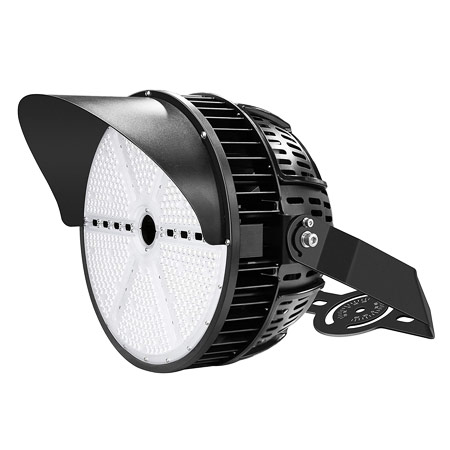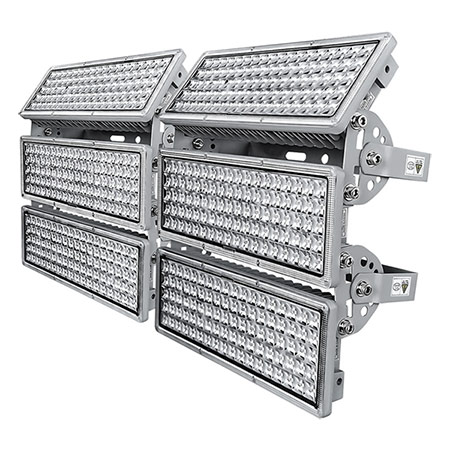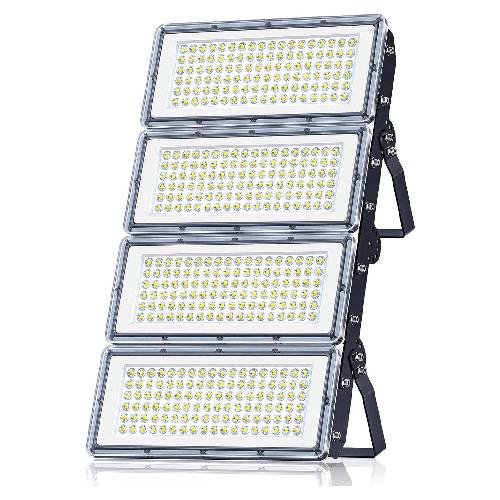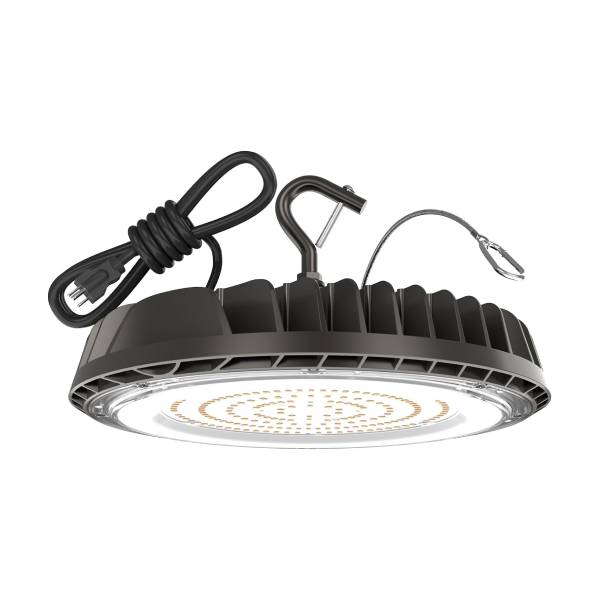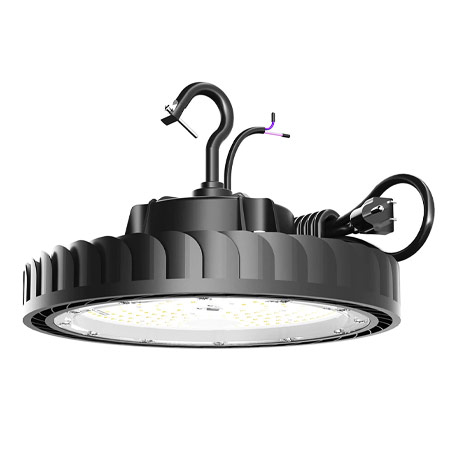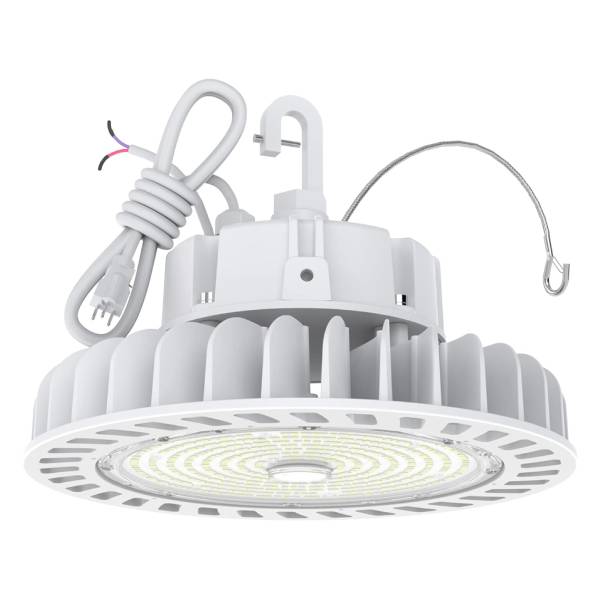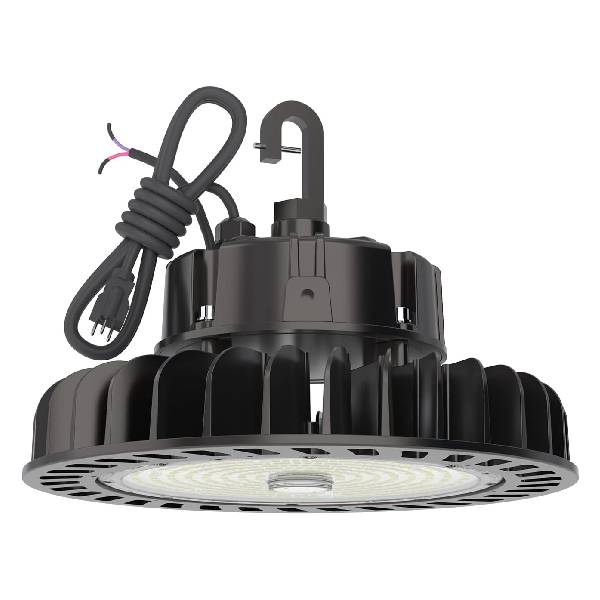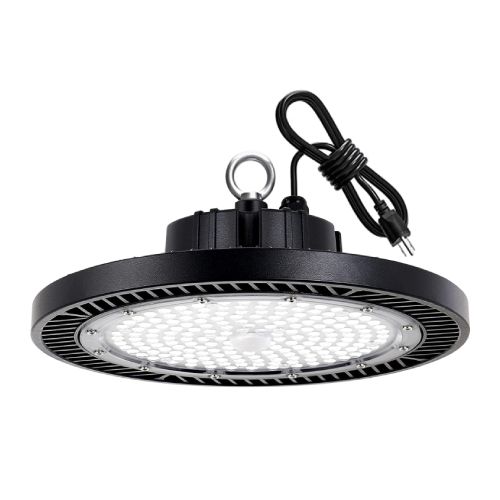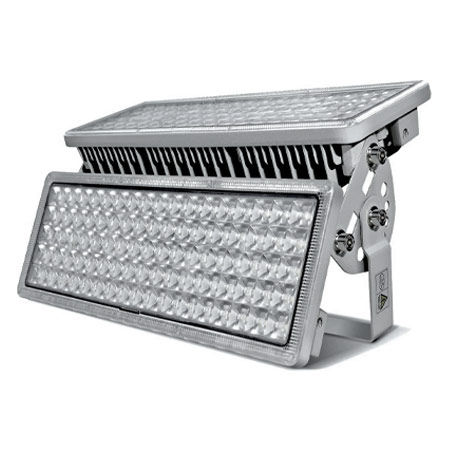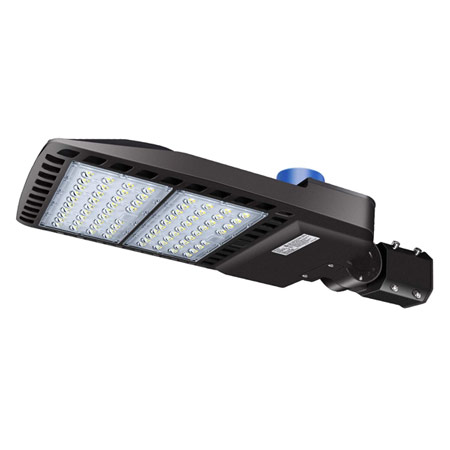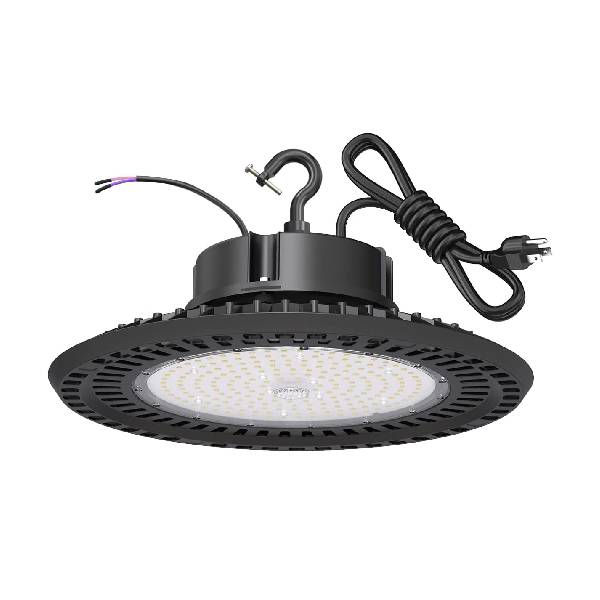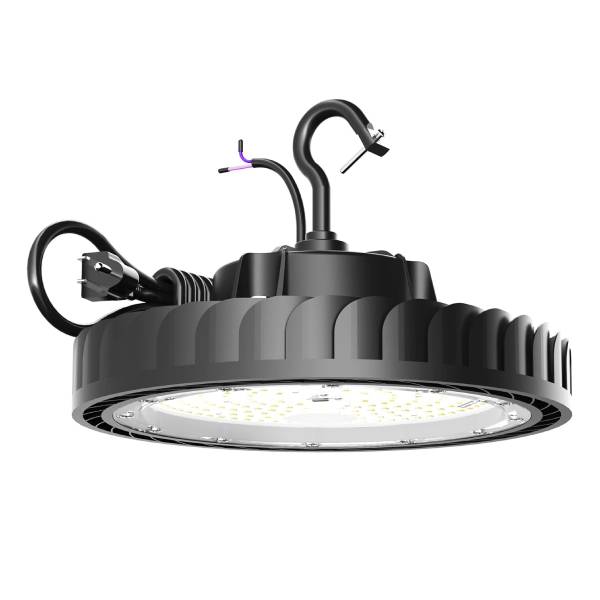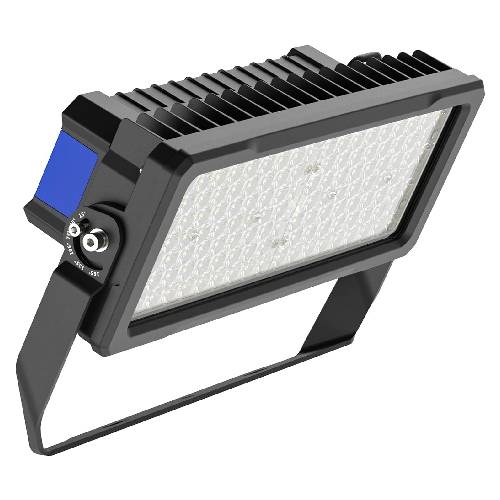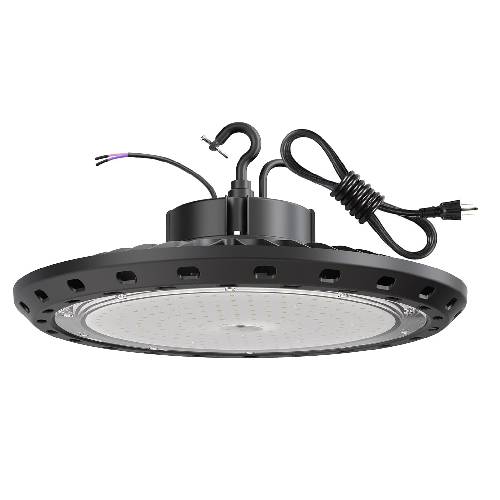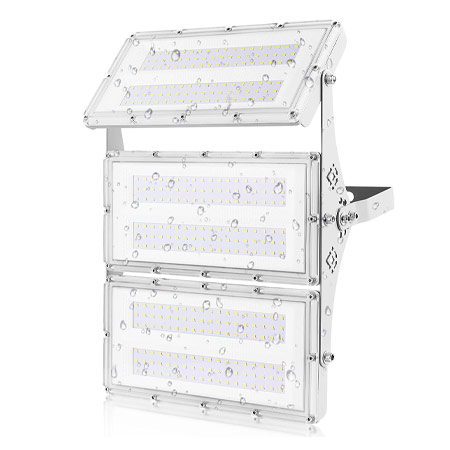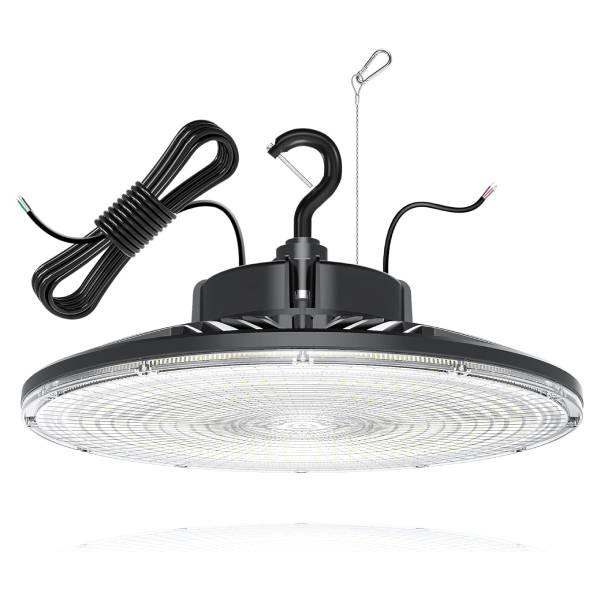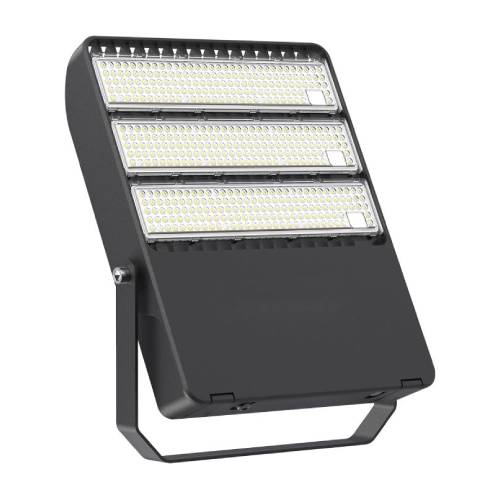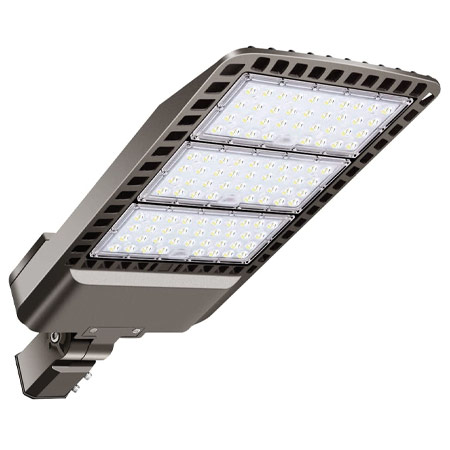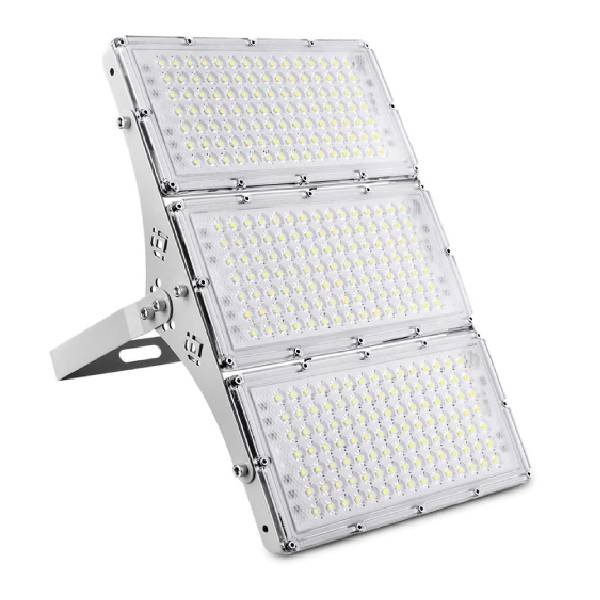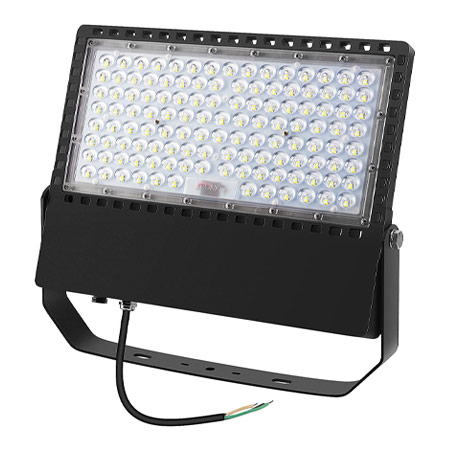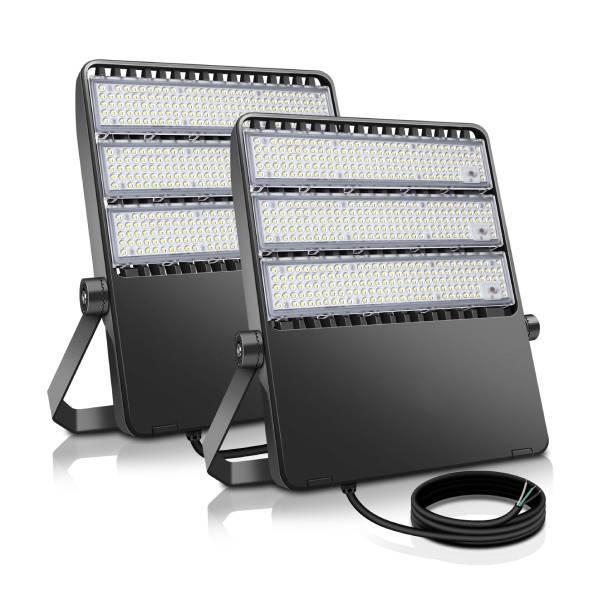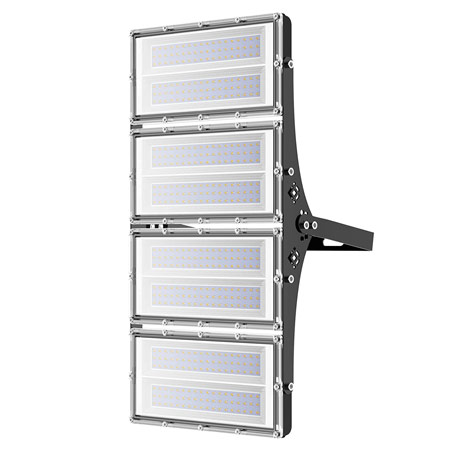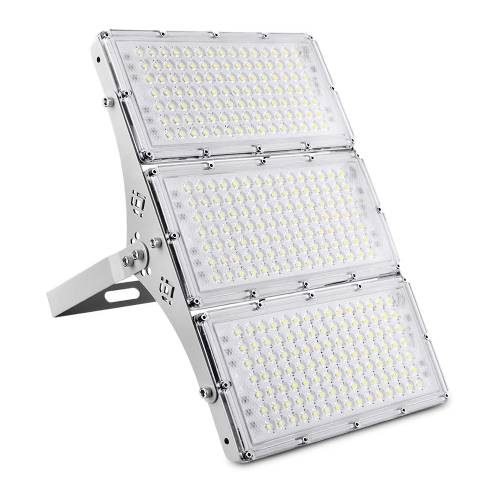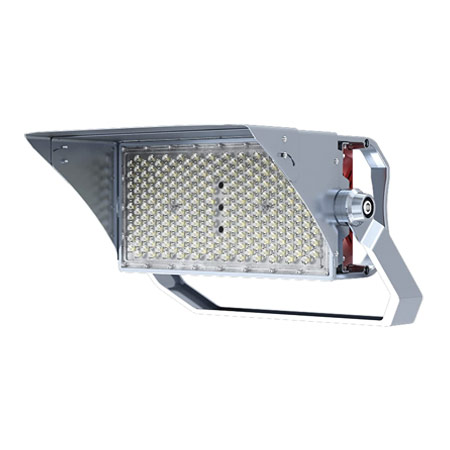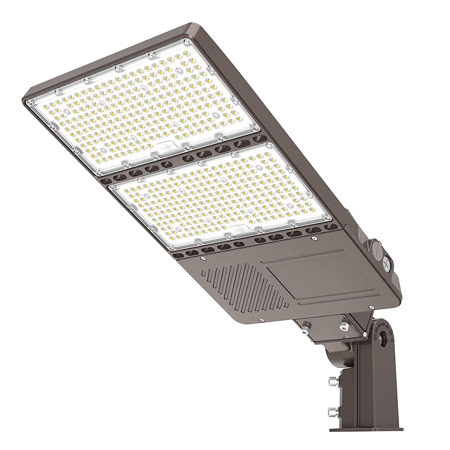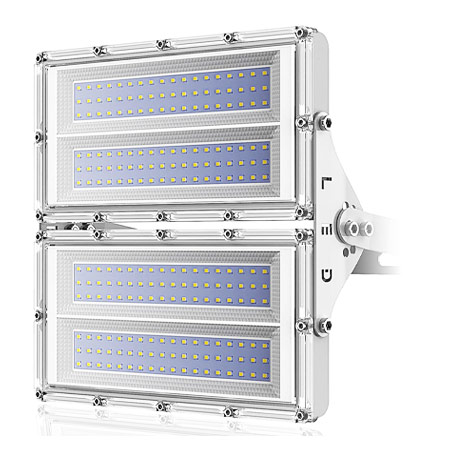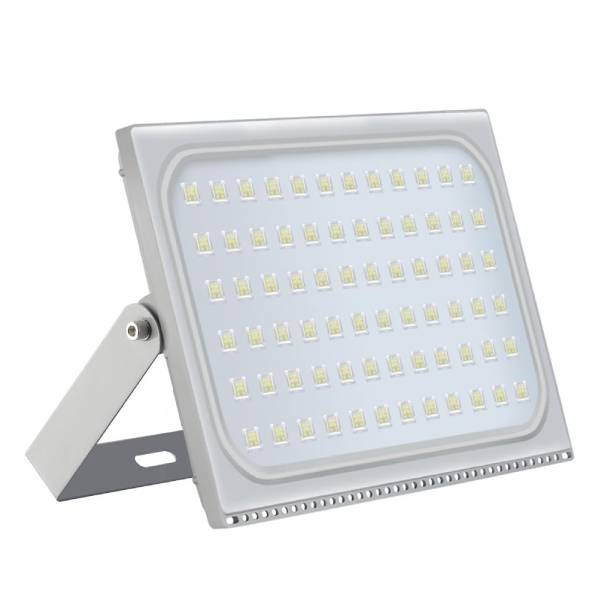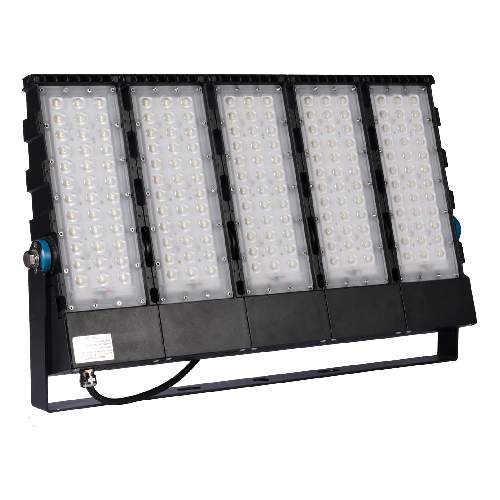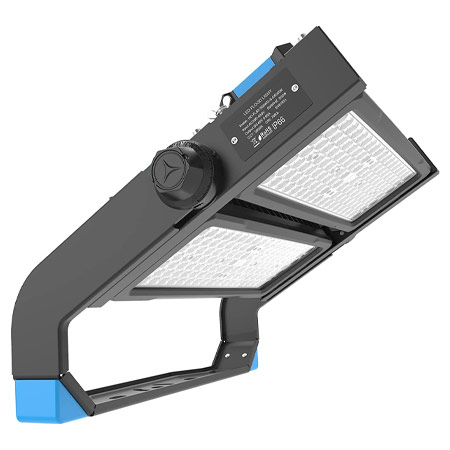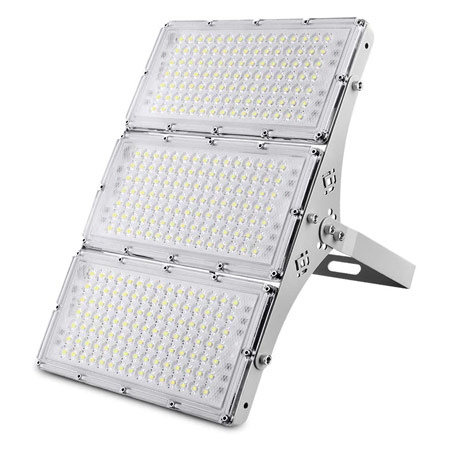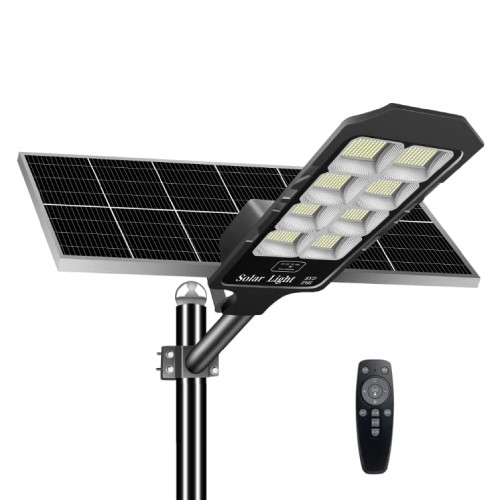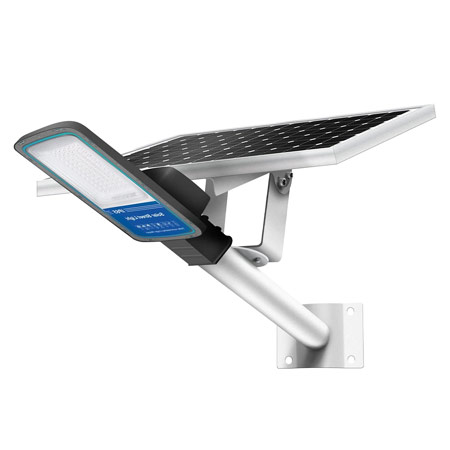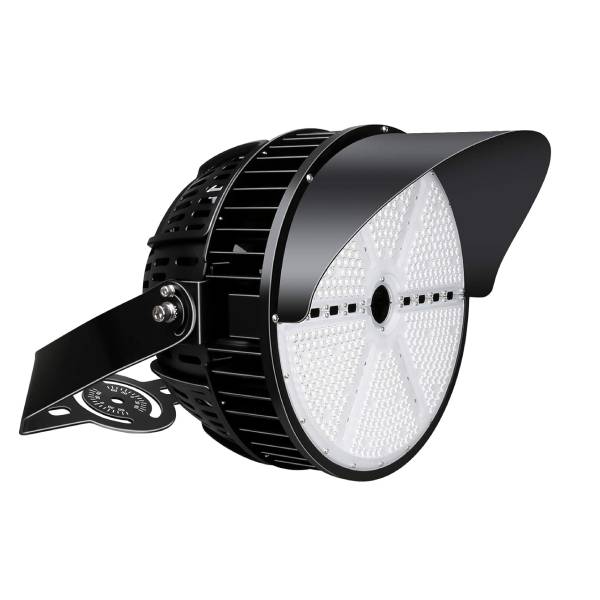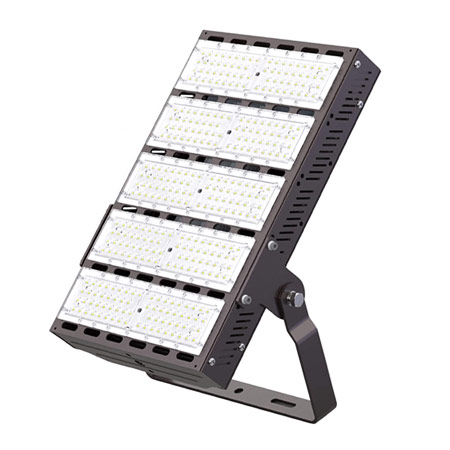
LED Sports Field Lighting
Sports field lighting refers to the lighting system used to illuminate sports fields, courts, and other outdoor sports facilities. These lighting systems are designed to provide sufficient illumination for players and spectators to see the action clearly, while also minimizing shadows and glare that could impact visibility.
Sports field lighting systems are typically designed to meet specific requirements for the sport being played, such as the size and layout of the field or court, the intensity and direction of the light needed, and any safety concerns. They may also be designed to meet certain standards for television broadcasts or other media coverage.
Contact us for a free lighting consultation
Table of Contents
ToggleHow to select the best sports lighting products?
Compatibility
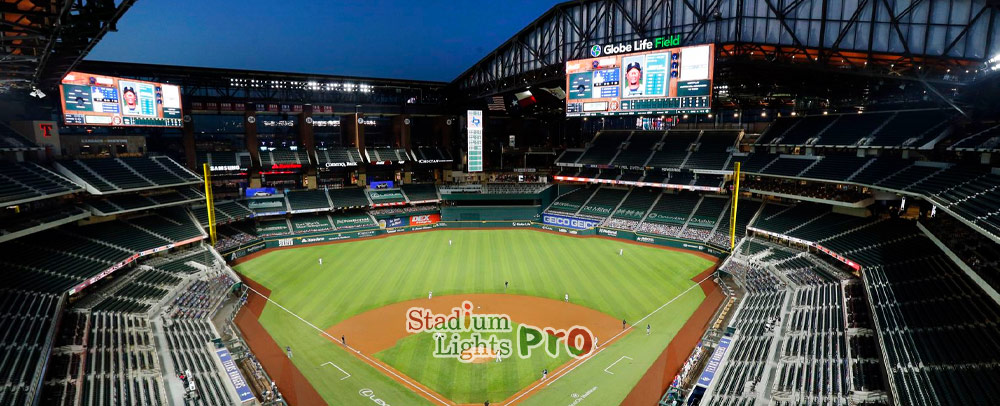
Make sure that the lighting products you choose are compatible with your sports facility, including the size and layout of the field or court and the specific sport being played.
Illumination levels
Illumination levels refer to the amount of light that is provided by a sports lighting system. The minimum illumination levels needed for a sports facility depend on the size of the field or court and the specific sport being played. It’s recommended to consult with lighting experts or refer to industry standards to determine the minimum illumination levels needed for the specific sports facility.
Lighting uniformity
Choose lighting products that are designed to provide good lighting uniformity across the field or court, which means minimizing shadows and glare and ensuring that all areas of the field or court are adequately illuminated.
Color temperature
Consider the desired color temperature of the lighting when selecting products. Cooler color temperatures (5000K-6500K) are often used for outdoor sports facilities, while warmer color temperatures (2700K-3000K) are often used for indoor facilities.
Control and dimming
Choose lighting products that are equipped with a control and dimming system to allow the lighting to be adjusted based on the needs of the facility.
Energy efficiency
Look for lighting products that are energy-efficient to help reduce energy costs and reduce your environmental impact.
Lifespan
Choose lighting products with a long lifespan to minimize the need for frequent replacements and reduce maintenance costs.
Brand reputation
Consider the reputation of the brand when selecting lighting products. Look for brands with a proven track record of producing high-quality and reliable products.
Benefits of LED sports lighting
Energy efficiency
Energy efficiency refers to the ability of a system or device to use less energy to perform the same function as a less efficient system or device. In the context of sports field lighting, energy efficiency is essential because it can help reduce the cost of operating the lighting system and also has environmental benefits.
LED sports lighting is typically more energy efficient than traditional incandescent or fluorescent lighting systems. This is because LED bulbs use less electricity to produce the same amount of light and also have a much longer lifespan, which means they need to be replaced less often.
Use LED floodlights
As mentioned earlier, LED bulbs are more energy efficient than traditional bulbs and have a longer lifespan.
Install energy-efficient ballasts
Ballasts are the components that control the flow of electricity to the bulbs in a lighting system. Energy-efficient ballasts can help reduce the amount of electricity used by the lighting system.
Use dimming and control systems
Dimming and control systems allow the lighting system to be adjusted based on the needs of the facility. For example, the lighting can be dimmed during times when the facility is not in use, or it can be brightened during high-activity times.
Properly maintain the lighting system
Regular maintenance, such as cleaning the bulbs and replacing faulty components, can help ensure that the lighting system is operating at its most efficient.
Long lifespan
A longer lifespan can be a significant advantage for sports facilities, as it means less maintenance and fewer replacement costs.
LED floodlights have a much longer lifespan than traditional incandescent or fluorescent bulbs. While traditional bulbs typically need to be replaced after a few thousand hours of use, LED bulbs can last for tens of thousands of hours. This can greatly reduce the maintenance and replacement costs for sports facilities that use LED lighting.
In addition to their long lifespan, LED sports field lights are also more durable than traditional bulbs and are less likely to fail due to vibration or shock. This makes them a reliable choice for sports facilities where the lighting system may be subject to rough handling or rough weather conditions.
High illumination
LED sports lighting is known for its ability to produce high levels of illumination. This is because LED bulbs are more efficient at converting electricity into light than traditional bulbs, and they are also able to produce light at a wide range of intensities.
In addition to producing high levels of illumination, LED lighting is also capable of producing a consistent level of light over time. This means that the brightness of the lighting system will not diminish significantly as the bulbs age or as the lighting system is used over time.
Customization options
LED lighting systems are particularly well-suited for customization, as they can be programmed and controlled to produce different levels of brightness and color temperature.
Some examples of customization options for LED sports lighting include:
Adjustable brightness
LED lighting systems can be programmed to produce different levels of brightness depending on the needs of the facility. For example, the lighting system could be dimmed during times when the facility is not in use or brightened during high-activity times.
Color temperature
LED lighting systems can be programmed to produce different color temperatures, which can affect the appearance of the sports field or court. Cooler temperatures (5000K-6500K) are often used for outdoor sports facilities, while warmer temperatures (2700K-3000K) are often used for indoor facilities.
Dynamic lighting
Some LED lighting systems are equipped with dynamic lighting features, which allow the lighting to change in response to certain stimuli. For example, the lighting system could change color or brightness to match the mood or theme of an event.
LED sports lighting design guide
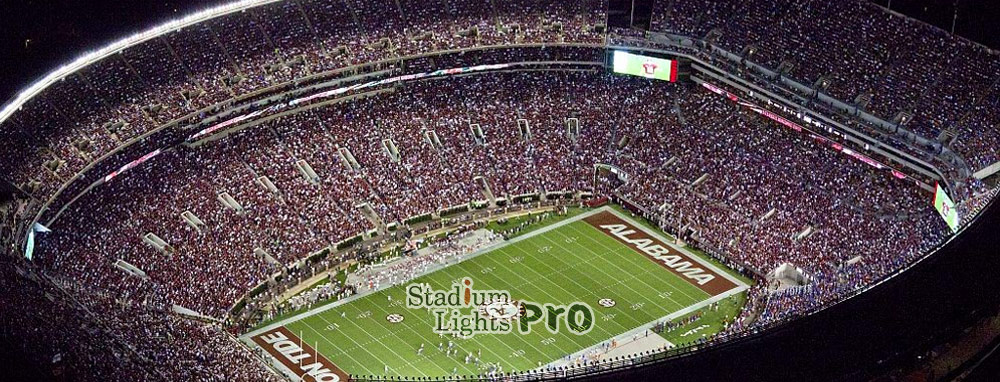
Designing an LED sports lighting system involves a number of considerations to ensure that the lighting meets the specific needs of the sports facility and provides sufficient illumination for players and spectators. Here are some key factors to consider when designing an LED sports lighting system:
Illumination levels
In the context of sports facilities, the illumination levels are a critical consideration because they directly impact the visibility of the action on the field or court.
There are various factors that can affect the illumination levels needed for a sports facility, including the size of the field or court, the specific sport being played, and the lighting layout. It’s essential to determine the minimum illumination levels required for the specific sport and facility in order to ensure that players and spectators can see the action clearly.
The size of the field or court
Larger fields or courts will typically require higher illumination levels to ensure that all areas are adequately lit.
The specific sport being played
Different sports have different lighting requirements. For example, a sport that involves a small, fast-moving ball (such as tennis) may require higher illumination levels than a sport that involves a larger, slower-moving ball (such as soccer).
Lighting uniformity
Lighting uniformity refers to the evenness of the light distribution across a field or court. In sports facilities, lighting uniformity is a vital consideration because it can impact the visibility of the action and the overall appearance of the field or court.
Obstructions
Objects such as poles or scoreboard structures can create shadows and affect the lighting uniformity on the field or court. We need to take these obstructions into account when designing the lighting layout.
Light source
The type of light source used can also affect lighting uniformity. LED lighting is known for its ability to produce a consistent and even distribution of light, which can improve lighting uniformity compared to traditional lighting technologies.
Color temperature
Different color temperatures can produce different visual effects and can be used to create different moods or atmospheres.
Color temperature can affect the appearance of the sports field or court and the overall atmosphere of the facility. Cooler color temperatures (5000K-6500K) are often used for outdoor sports facilities, as they tend to make the field or court appear brighter and more vibrant. Warmer color temperatures (2700K-3000K) are often used for indoor facilities, as they tend to create a more relaxed and comfortable atmosphere.
Glare
Glare is a phenomenon that occurs when light from a source is too bright or too intense, causing it to be difficult or uncomfortable to look at. Glare can be a problem in sports facilities, as it can impact the visibility of the action on the field or court and create a less enjoyable experience for players and spectators.
Intensity of the light
If the lighting system is too intense or the bulbs are too bright, it can cause glare. We need to design the lighting system to ensure that the intensity of the light is appropriate for the specific sports facility.
Direction of the light
If the lighting fixtures are directed towards the stands or other areas where spectators are seated, it can cause glare. It’s necessary to design the lighting system to minimize glare by properly positioning the fixtures and using appropriate shielding.
Reflective surfaces
Surfaces that reflect light, such as water or shiny flooring, can contribute to glare. It’s recommended to consider the materials and surfaces used in the sports facility and to design the lighting system accordingly.
Weather conditions
Glare can be more of a problem on sunny or bright days, as the natural light can combine with the artificial light to create glare. We need to consider the potential for glare when designing the lighting system, especially for outdoor sports facilities.
Flicker
Flicker can be a problem in sports facilities, as it can cause discomfort and distractions for players and spectators.
Power supply
Flicker can be caused by voltage fluctuations or other issues with the power supply. It’s necessary to ensure that the power supply is stable and consistent to minimize flicker.
Ballasts
Ballasts are the components that control the flow of electricity to the bulbs in a lighting system. If the ballasts are not functioning properly, it can cause flicker in the lighting.
Control systems
Some lighting control systems, such as dimming systems, can cause flicker if they are not designed or installed properly.
LED drivers
LED drivers are the components that regulate the power supply to LED bulbs. If the LED driver is not functioning properly, it can cause flicker in the LED lighting.
Control and dimming
Control and dimming systems can allow the lighting to be adjusted based on the needs of the facility, such as dimming the lights during times when the facility is not in use or brightening the lights during high-activity times.
Timers
Timer-based control systems allow the lighting to be turned on and off at predetermined times. This can be useful for sports facilities that have regular schedules or that are only used occasionally.
Occupancy sensors
Occupancy sensors can detect when the facility is in use and automatically adjust the lighting accordingly. For example, the lighting could be dimmed when the facility is not in use and brightened when activity is detected.
Remote control
Some control systems allow the lighting to be adjusted remotely using a smartphone or other device. This can be convenient for facilities that need to make frequent or last-minute adjustments to the lighting.
Dimming systems
Dimming systems allow the lighting to be adjusted to different levels of intensity. This can be useful for sports facilities that need to adjust the lighting based on the specific needs of an event or activity.
Maintenance
Maintenance refers to the tasks and procedures that are necessary to keep a sports facility lighting system operating at its best. Proper maintenance is essential to ensure that the lighting system is reliable, efficient, and safe, and to minimize the need for costly repairs or replacements.
Cleaning
It’s necessary to regularly clean the lighting fixtures to remove dirt, dust, and other debris that can build up over time. This can help ensure that the lighting system is operating at its most efficient.
Replacement of bulbs and other components
As bulbs age or fail, they need to be replaced to ensure that the lighting system is operating at its best. We need to have a supply of replacement bulbs and other components on hand and to replace them as needed.
Testing and inspection
Regular testing and inspection of the lighting system can help identify potential issues before they become major problems. This can include checking the operation of the control and dimming systems, inspecting the fixtures and bulbs for damage, and testing the power supply.
Emergency preparedness
We need to have a plan in place in case of an emergency, such as a power outage or a malfunction of the lighting system. This can include having backup lighting systems or generators available and ensuring that the facility has a plan for evacuating the building in case of an emergency.
Sports field lighting frequently asked questions
What are the benefits of LED sports lighting?
LED sports lighting has several benefits, including energy efficiency, long lifespan, high illumination levels, customization options, and low maintenance requirements.
How do I calculate the number of lighting fixtures needed for a sports facility?
To calculate the number of lighting fixtures needed for a sports facility, you will need to consider the size of the field or court, the specific sport being played, and the minimum illumination levels required. You can use this information to calculate the number of fixtures needed to meet the illumination requirements.
How do I determine the minimum illumination levels needed for a sports facility?
The minimum illumination levels needed for a sports facility depend on the size of the field or court and the specific sport being played. It’s suggested to consult with lighting experts or refer to industry standards to determine the minimum illumination levels needed for the specific sports facility.
What are the most common causes of flicker in sports facility lighting systems?
The most common causes of flicker in sports facility lighting systems include issues with the power supply, problems with the ballasts, issues with the control system, and problems with the LED drivers.
How do I ensure that the lighting layout in my sports facility is effective and efficient?
To ensure that the lighting layout in a sports facility is effective and efficient, it’s recommended to consider the size of the field or court, the specific sport being played, the minimum illumination levels needed, the potential for glare, and the placement of any obstructions.
How often should I clean the lighting fixtures in my sports facility?
The frequency of cleaning the lighting fixtures in a sports facility will depend on the specific needs of the facility. In general, it’s a good idea to clean the fixtures at least once a year, or more frequently if the fixtures are located in areas with high levels of dust or other debris.
How do I replace a bulb in a sports facility lighting fixture?
To replace a bulb in a sports facility lighting fixture, you will need to follow these steps:
- Turn off the power to the lighting fixture.
- Locate the bulb to be replaced.
- Carefully remove the bulb by turning it counterclockwise.
- Install the new bulb by inserting it into the socket and turning it clockwise.
- Test the new bulb to ensure that it is functioning properly.
It’s essential to follow the manufacturer’s instructions when replacing bulbs and to use caution to avoid damaging the fixtures or injuring yourself.
What are the most common issues that can arise with sports facility lighting systems?
The most common issues that can arise with sports facility lighting systems include bulb failure, problems with the control system, issues with the power supply, and problems with the fixtures or other components.
How can I reduce the energy consumption of the lighting system in my sports facility?
There are several ways to reduce the energy consumption of the lighting system in a sports facility, including:
- Using LED lighting, which is more energy-efficient than traditional lighting technologies
- Installing occupancy sensors or timer-based control systems to turn the lighting off when it is not needed
- Using dimming systems to adjust the intensity of the lighting based on the needs of the facility
- Regularly cleaning and maintaining the lighting system to ensure that it is operating at its most efficient.
How can I ensure the safety of the lighting system in my sports facility?
- Follow the manufacturer’s instructions for installing, operating, and maintaining the lighting system.
- Use caution when working with the lighting system to avoid injury.
Regularly inspect the lighting system to identify and address any potential issues. - Have a plan in place in case of an emergency, such as a power outage or a malfunction of the lighting system.
- Consider implementing safety features, such as backup lighting systems or generators, to ensure that the lighting system is always available when needed.
Conclusion
Sports field lighting is an essential consideration for sports facilities to ensure that players and spectators have a comfortable and enjoyable experience. LED sports lighting has several benefits, including energy efficiency, long lifespan, high illumination levels, customization options, and low maintenance requirements.
When designing a sports facility lighting system, we need to consider the size and layout of the field or court, the specific sport being played, the minimum illumination levels needed, lighting uniformity, color temperature, control and dimming, and maintenance.
Proper design, installation, and maintenance of the lighting system can help ensure that the facility is safe, reliable, and efficient, and that it provides a comfortable and enjoyable experience for players and spectators.
If you’re considering upgrading the lighting in your sports facility, we’d be happy to help! Please don’t hesitate to reach out to us for a free sports lighting design and discounted quote.
We can work with you to develop a lighting solution that meets the specific needs of your facility, including the size and layout of the field or court, the specific sport being played, and any other requirements you may have. Our team of experts can provide you with a customized design and a competitive quote to help you get the best value for your investment. We look forward to working with you.

